BURIED PLANS
Why has Limpopo dumped its biodiversity protection plan into a dark hole?
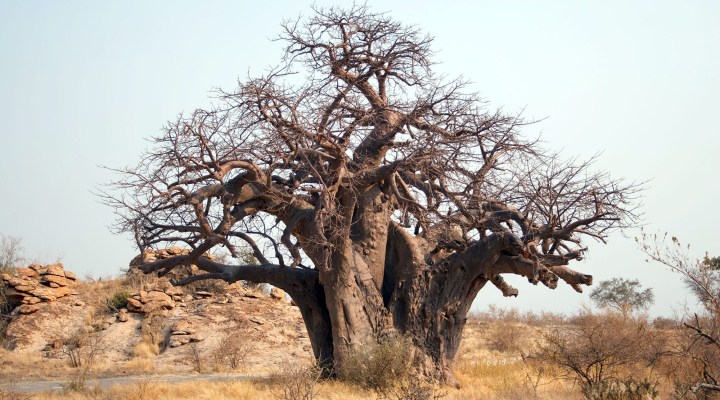
Is it because the Vhembe bioregional plan has been squashed – or held up deliberately – to smooth the passage of the controversial Chinese-led plan to develop a massive new steel plant and special economic zone in the heart of Vhembe district?
South Africa has an abundance of beautiful places, each judged subjectively through the eyes of the beholders.
But who would argue that the far northern tip of the country is one of the most spectacular and beautiful spaces nationwide?
This is the Vhembe district, that largely open, wild landscape immediately south of the Limpopo River. A place of bright orange sunsets in the heart of baobab country, balancing rocks, abandoned stone citadels and a wealth of plants and animals. Cheetahs, elephants, pangolins and many smaller creatures or vegetation types are found nowhere else in the world.
Right at the top of the district, where our national border meets Zimbabwe and Botswana, lies the Mapungubwe National Park and World Heritage Site. The park takes its name from an ancient kingdom established here in about 900 AD. Later, it became one of the most powerful inland trading settlements in Africa, until its demise in the 13th century.
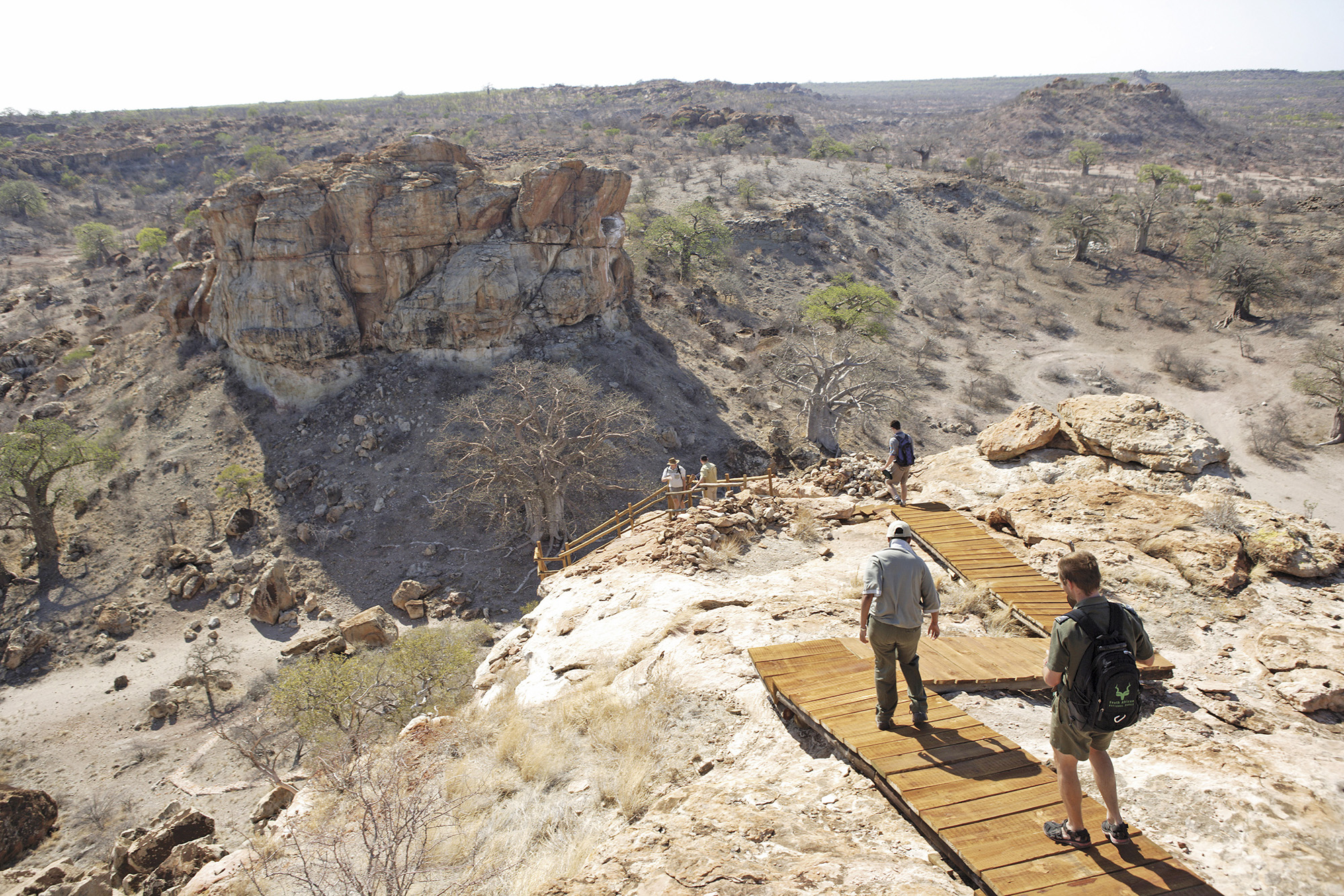
Mapungubwe National Park, on the South African border with Zimbabwe and Botswana. (Photo: Gallo Images / Media 24)
Vhembe’s eastern corner also incorporates the top section of the famous Kruger National Park. Further south, the landscape is dominated by the heights of the Soutpansberg mountains which includes the sacred waters of Lake Fundudzi, reputed to be protected by a python god.
So, not really any surprise that the unique 3,010,100-hectare surface area of the Vhembe district was recognised as a Unesco biosphere reserve 14 years ago. The Vhembe Biosphere Reserve is part of the World Network of Biosphere Reserves that includes 738 sites in 134 countries. The broad aim of biosphere reserves is to “foster the harmonious integration of people and nature for sustainable development”.
What unique reasons could there be for delaying the gazetting of the Vhembe plan, when Ledet confirmed that it had received no written objections to the draft version published in 2019?
What is a surprise, however, is why the Limpopo government has buried one of its own biodiversity protection planning tools in a dark cupboard for the past three-and-a-half years.
Limpopo has five districts – Waterberg, Mopani, Capricorn, Sekhukhune and Vhembe. Over recent years, environmental and heritage experts have developed planning tools for all five to safeguard the most sensitive areas from the worst excesses of development – outside formally protected areas such as Kruger and Mapungubwe.
Known as “bioregional plans”, they incorporate a detailed assessment of an area’s biological status and are used in the environmental impact assessment process and by spatial and land-use planners to inform land-use decisions at municipal level.
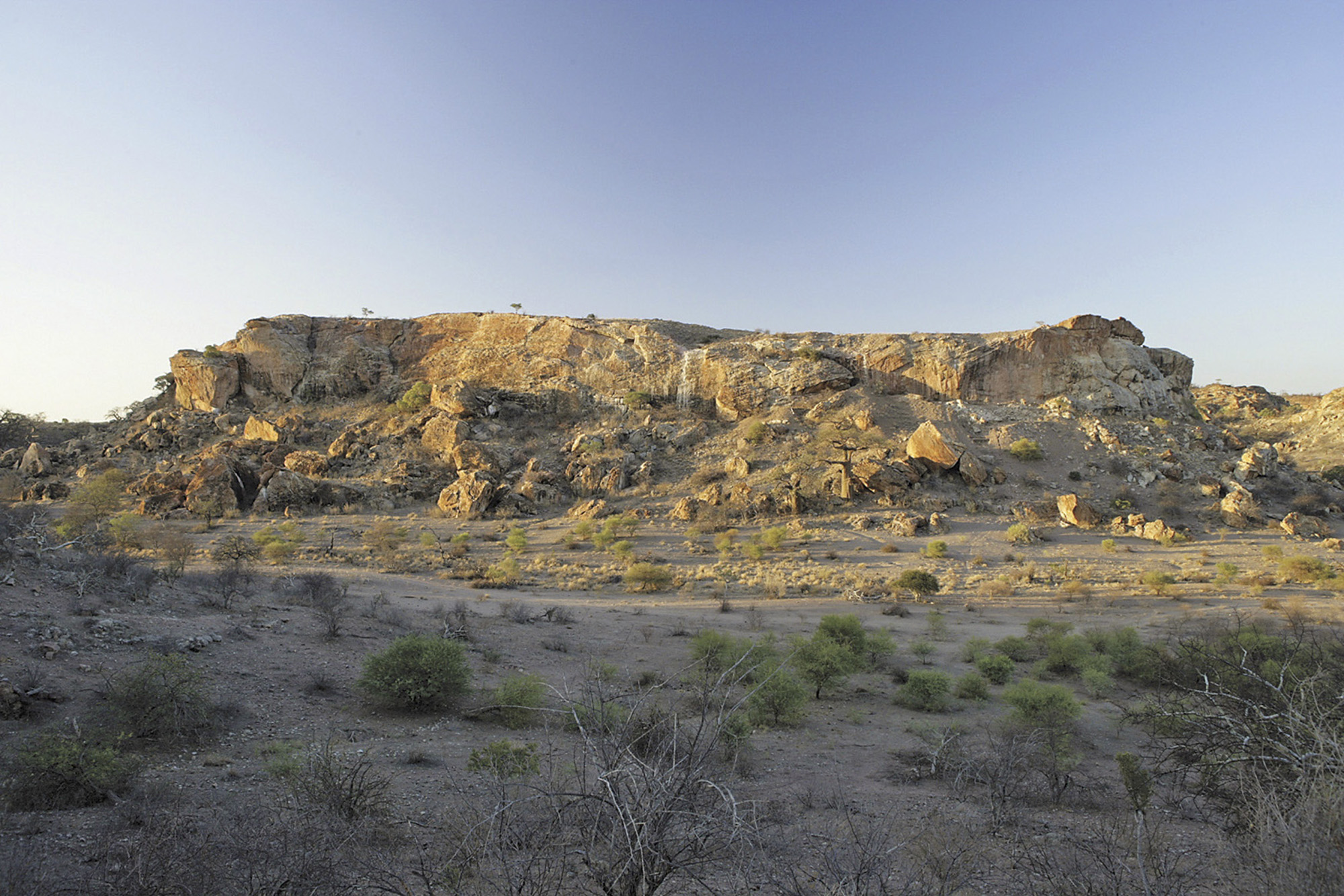
The Mapungubwe Koppie in the Mapungubwe National Par. (Photo: Gallo Images / Media 24)
The plans are also used by the Limpopo Department of Economic Development, Environment and Tourism (Ledet) to inform development and land-use planning decisions.
All of the Limpopo bioregional plans have been approved and gazetted… except for the Vhembe district.
Why would that be?
Is it because the Vhembe bioregional plan has been squashed – or held up deliberately – to smooth the passage of the controversial Chinese-led plan to develop a massive new steel plant and special economic zone in the heart of Vhembe district?
Significantly, Limpopo’s environmental affairs division falls under the wing of a larger department responsible for economic development, pushing strongly for the new special economic zone.
Our Burning Planet sent several questions to Ledet spokesperson Zaid Kalla to find out why there is such a long hold-up in approving the Vhembe bioregional plan.
We also asked him to comment on allegations by local stakeholders that the plan was stalled due to direct political interference from senior Ledet/Limpopo government officials who fear that the Vhembe bioregional plan is in direct conflict with the proposed Musina Makhado Special Economic Zone (MMSEZ).
Read more in Daily Maverick: A closer look at the richness of South Africa’s biodiversity
Dodging the direct question about political interference, Kalla insisted that the bioregional plan had not been “abandoned at all” and was still being used in “its current status” to inform land-use planning, environmental assessment and authorisations.
Kalla suggested that the Vhembe plan had simply been delayed because the “process (of) gazetting (is) still to be done by the department”.
But his responses on behalf of Ledet seem wafer-thin, considering that the Sekhukhune and Capricorn plans were gazetted back in March 2020 and the Waterberg and Mopani bioregional plans were also approved and gazetted in January 2019.
What unique reasons could there be for delaying the gazetting of the Vhembe plan, when Ledet confirmed that it had received no written objections to the draft version published in 2019?
Before exploring further answers – in the absence of more cogent explanations from Ledet – a brief explainer about the purpose of bioregional plans may be useful.
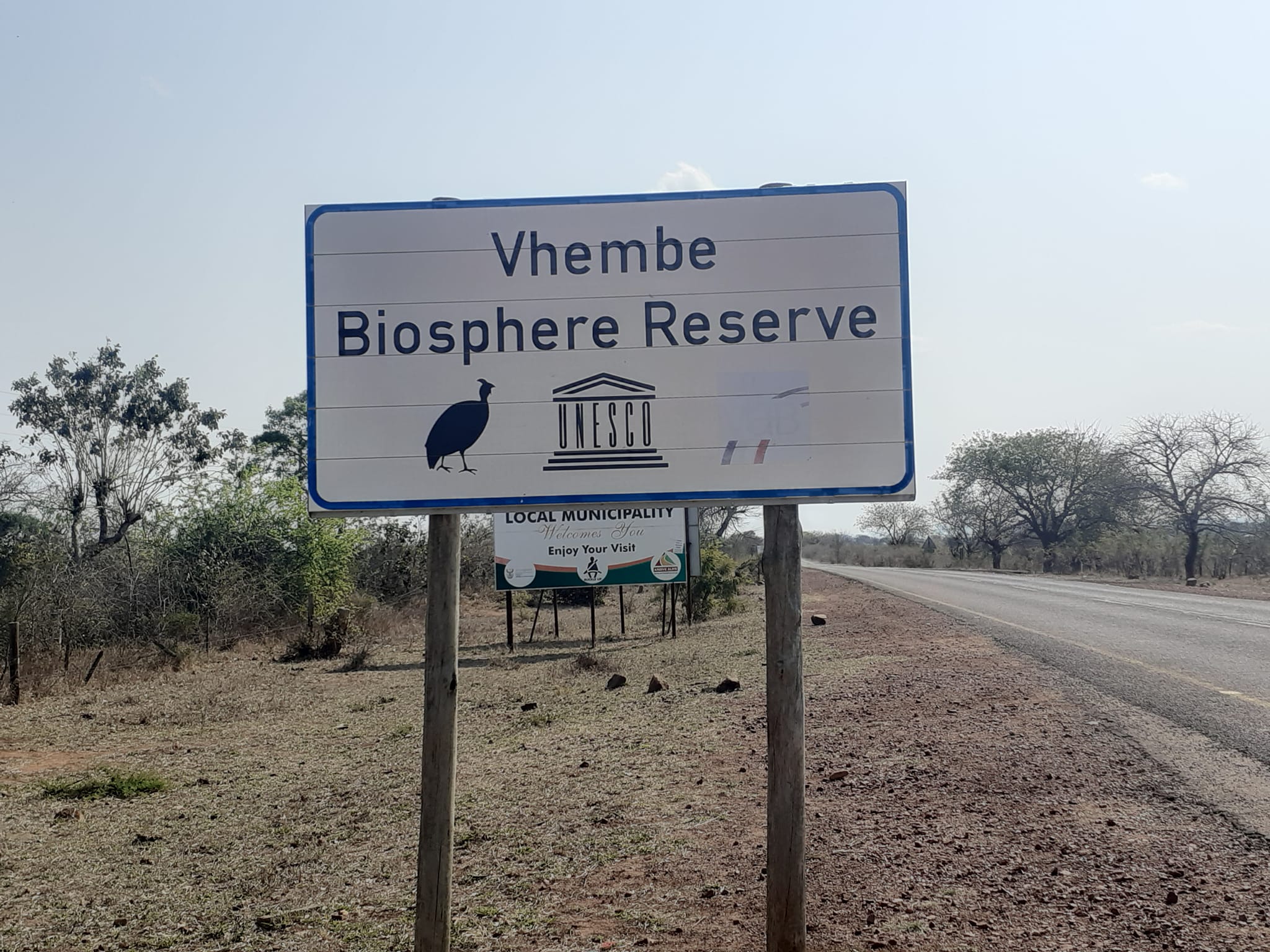
The Vhembe Biosphere Reserve, covering more than 3 million hectares of land in Limpopo, is one of more than 700 such reserves globally. (Photo: Vhembe Biosphere Reserve)
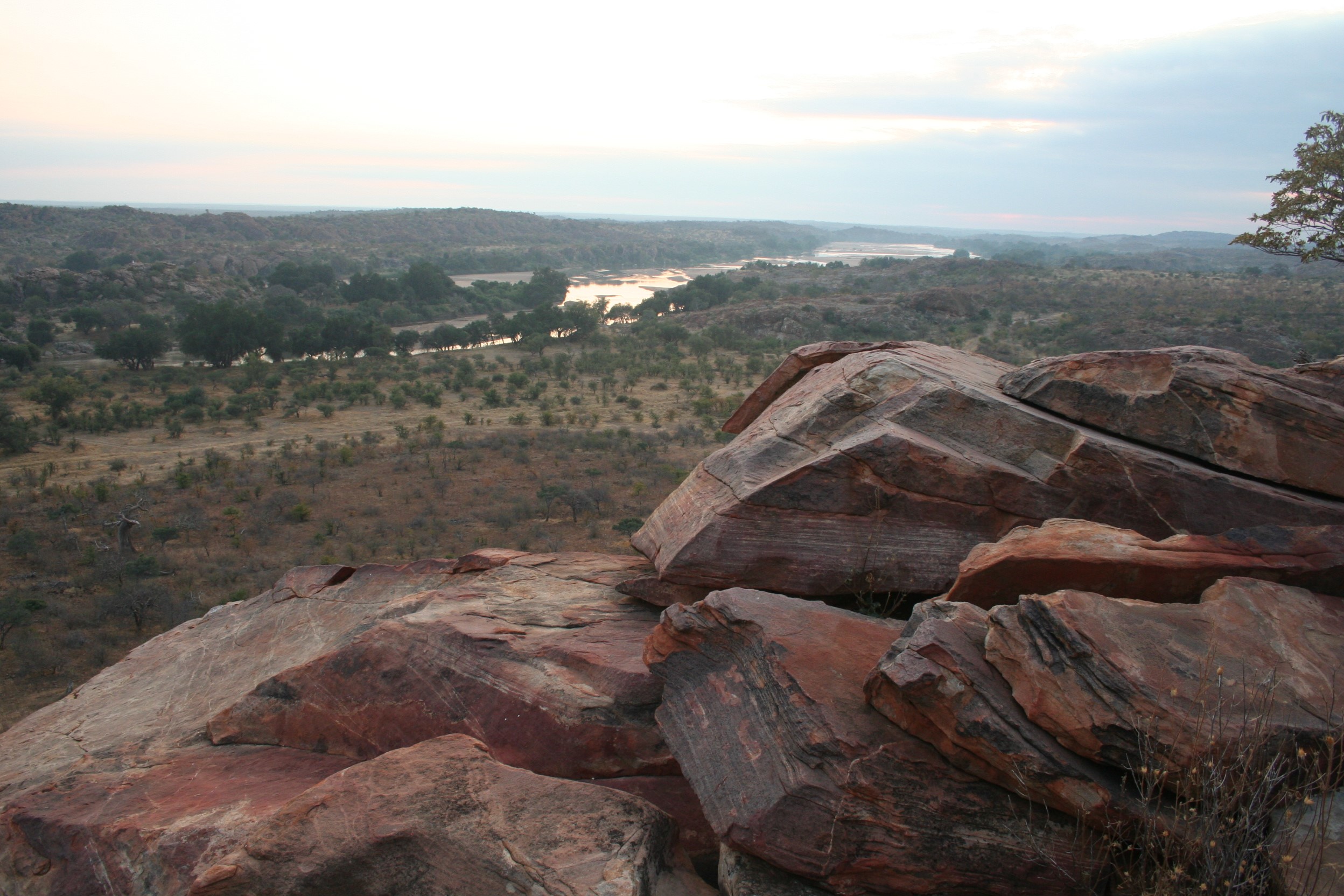
The Limpopo River winds through the top section of the Vhembe district. (Photo: Tony Carnie)
In September 2018, the then acting national minister of environmental affairs, Derek Hanekom, wrote a letter to the then Limpopo government MEC in charge of Ledet, Seaparo Sekoati.
Hanekom congratulated Sekoati for his province’s decision to develop a bioregional plan for Vhembe district, which he described as a “significant accomplishment” and “a stepping stone towards the fulfilment of the requirements of our conservation objectives as outlined in the Constitution”: namely to protect and preserve biodiversity for current and future generations.
Noting that the declaration of all new bioregions and bioregional plans require the approval of the national environment minister, Hanekom signalled his official consent to adopting the bioregional plan.
On 30 August, 2019 this draft bioregional plan was published in the Limpopo provincial gazette, giving the public 30 days to comment on the proposal. No formal objections were received. The path was clear.
Remarkably, however, the plan suddenly sank without trace – possibly into the depths of Lake Fundudzi, or was consigned to the back of a dusty cupboard.
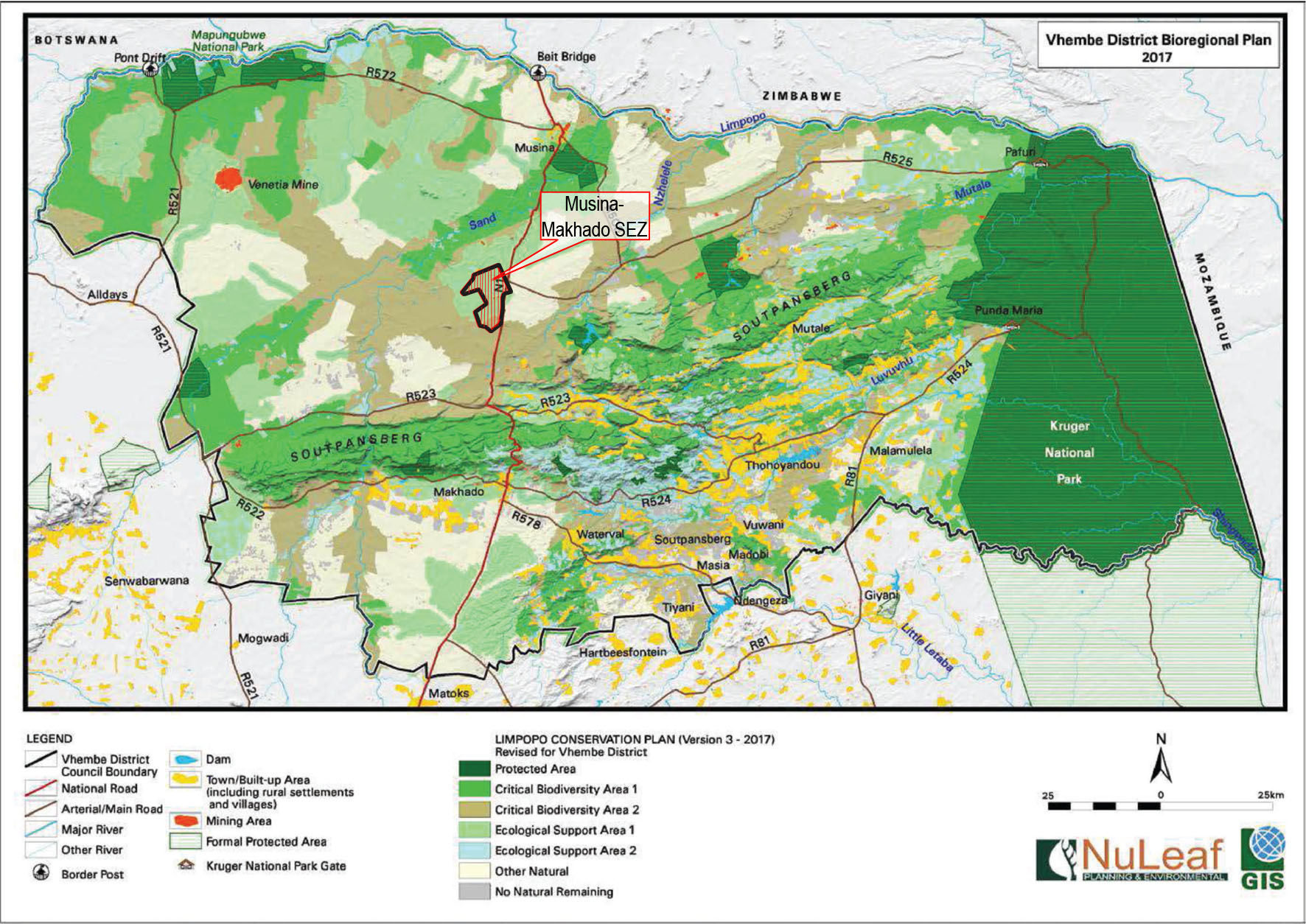
A map of the Vhembe-Bioregional-plan, showing the position of the proposed special economic zone and colour-coded biodiversity features of the region. National and provincial parks are in dark green, while critical biodiversity areas and ecological support areas are shown in a lighter shade. Critical biodiversity areas (CBAs) are sites that are deemed essential to meet national biodiversity targets. The majority of these areas in the Vhembe district are classified as CBA 1, which can be considered irreplaceable to meet biodiversity targets. Those areas falling within CBA 2 are considered optimal for achieving biodiversity targets. Ecological Support Areas (ESAs) are areas that are considered important for supporting the ecological functioning of both CBAs and protected areas and for meeting biodiversity targets and connectivity pathways. This category has also been split into ESA1 (areas still in a largely natural state) while ESA2 areas are no longer intact but potentially retain significant importance for ecological processes and landscape connectivity.
‘Conflict’ with coal
Sadly, there is no mystery about the reasons for this, suggests Lauren Liebenberg, founder of the Living Limpopo group which has been campaigning against industrial mega projects such as the Musina-Makhado SEZ and uncontrolled coal mining in Limpopo.
Read more in Daily Maverick: Musina-Makhado Special Economic Zone: The desperate battle to defuse Limpopo’s climate bomb
“The only conclusion that can be reached for the delay in approving the bioregional plan is that Ledet is aware that it is in conflict with the MMSEZ project. The Chinese-controlled special economic zone – as well as many of the proposed coal mining projects in the region – fall within areas that are designated as critical biodiversity areas or ecological support areas.
“There are very, very few places left in the world that are still in a natural state,” says Liebenberg. “Vhembe is one of those special places that have so much potential for visionary plans to be put in place now to protect biodiversity for future generations – before it is too late.” DM/OBP






















 Become an Insider
Become an Insider
Comments - Please login in order to comment.